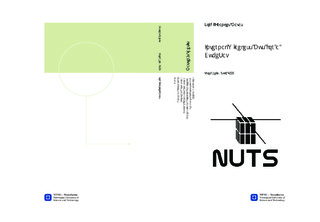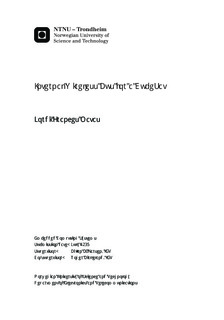| dc.description.abstract | NTNU (Norwegian University of Science and Technology) hosts NUTS (NTNU Test Satellite), which is mainly envisioned as an educational satellite where most tasks are performed by students while supported by university staff. As a peculiarity this CubeSat, unlike many others, is not based on the PC104 Standard. It is, instead, developed around a backplane approach, similar to a motherboard on a desktop computer. This novel approach left us without the possibility to use readily available commercial modules for CubeSats and also with the responsibility to design an ad-hoc solution for power distribution and on-Board communication. CubeSat Space Protocol on an I2C-bus was decided as the solution for the main communication bus.Although for this given satellite the payload will be an IR Camera, the main idea is to develop a reusable platform for a variety of payloads. Thus the exploration of new and novel technologies to be used in such platforms is also a goal. Specifically studying the viability of using an intra-satellite RF link is a specific area that NUTS is keen on exploring. Therefore a communication bus on radio is being developed. There are some advantages to the use of a wireless intra-satellite bus including: lower costs (both economic and in weight) and the possibility to have several transmissions in parallel. The latter could be attained by the use of virtual channels(or similar solutions) that most vendors provide on their radio kits. A proper exploitation of such features would significantly increase throughput while not requiring additional hardware.The RF link would only be the physical layer, as it is intended to still use CSP on top of it. By keeping CSP an easier portability insured to those CubeSats that already rely on CSP.COTS radio modules are being used on the proof-of-concept implementation. This should also help for an easier deployment of this communications approach on future satellites, since components are readily available. Those satellites that are equipped with both wired and wireless busses for communication, such as NUTS, could use one as a fallback solution should the other fail. Since most of the communication stack would remain untouched the transitions between wired and wireless busses should be seamless. The implementation is kept as hardware independent as possible, thus deploying it on other satellites should be relatively effortless. | nb_NO |

